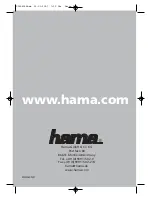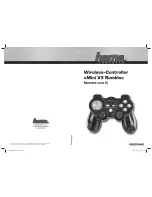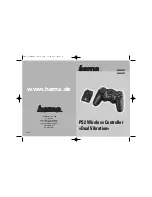
SETUP & OPERATON
HeatNet Control V3
Page 20
available” state, it can still be fired locally and failsafe is
still available.
SETUP: AUX FUNCTIONS: HEAT EXCHANGER:
SEND RETURN:
OFF
The Master sends its return
temperature to all boilers
RETURN
The Master sends its return
temperature to all boilers
SYS RET
The Master sends the system
return temperature to all boilers
SETUP: AUX FUNCTIONS: HEAT EXCHANGER:
LOW TEMP:
OFF
No check is made to the return
temperature – boiler remains
online
RETURN
Uses the boilers own return
sensor (No pump /valve present)
SYS RETURN Uses the System Return temp
received from the Master Boiler
(its Local or System Return).
SETUP: AUX FUNCTIONS: HEAT EXCHANGER:
TEMP < 140F
Adjustable threshold temperature below which the
boiler will take itself offline.
1 degree F of hysteresis is provided so as to not
toggle offline<-to->online at the threshold temp.
Since the FIII boiler is non-condensing, the efficiency vs.
input is relatively flat. The MOD MAX value will not have
the same impact if the FIII non-condensing boilers were
placed in the Priority 1 set.
Futera III/ Fusion Boiler BTU Chart
In the
Mixed Boiler System
table (
Figure 15
) line 2
example, (2) CB/CW 500s are set as Priority 1 and (3)
MB/MW 1250s set as Priority 2. With a MOD MAX of
60%, each 500 can run to 300M (600M total) before a 1250
is called ON (Add Delay timer). Once both 500s are running
and the 1250 is called on and running, all (3) boilers will
drop to a total of the 600M BTUs: The sum of the 500, 500,
and 1250 would equal about 27% modulation: (.27 * 500M)
+ (.27 * 500M) + (.27 * 1.25MM) or: 135M +135M + 337M
= 607M and operate at higher combustion efficiencies: 27%
is roughly between the top two lines on the Typical
Efficiency of Condensing Boilers chart.
The
Boiler System Response 5
chart illustrates how each
boiler (in the example) is brought on and fires to 60%, drops
to a lower fire rate and then adds the next boiler (vertical
dashed lines). Once all boilers are firing, the modulation is
released allowing all boilers to fire to 100%.
Figure 15
Boiler System Response 5
(2) CB/CW 500s, (3) MB/MW 1250s
So, for the first 600 MBTH of load, the combustion
efficiency is maximized by running the (2) fusion boilers
from low to middle input rates. Running the (2) fusion
boilers first also has the added effect of minimizing the
return water temperatures of <140F from reaching the
noncondensing boilers.
Figure 16
Futera III/Fusion Boiler Btu Chart (MBH)
MB/MW
CB/CW
500
750 1000 1250 1500 1750 2000
Max Input
500
750 1000 1250 1500 1750 2000
Min Input
4:1
125
188
250
312
375
437
500
Mod Max
80%
400
600
800 1000 1200 1400 1600
Mod Max
70%
350
525
700
875
1.05 1220 1400
Mod Max
60%
300
450
600
750
900 1050 1200
Mod Max
50%
250
375
500
625
750
875 1000
In summary, the system should be tuned using the boiler
selection charts and the MOD-MAX value so that boilers
are brought on and fired in their respective efficiency curve
while maintaining continuity in BTUs. Since selecting the
Priority 1 boiler is integral to the fault/offline tolerance of
the system, it is important to note any discontinuities in
BTUs if a Priority 1 boiler goes offline when multiple
Priority 1 boilers are used.
0.00
0.10
0.20
0.30
0.40
0.50
0.60
0.70
0.80
0.90
1.00
0
1,000,000
2,000,000
3,000,000
4,000,000
5,000,000
In
p
u
t,
%
System Load, Btu/Hr
Blr 1+2+3 (2250 MBTU)
Blr 1+2+3+4 (3500 MBTU)
Blr 1+2+3+4+5 (4750 MBTU)
Summary of Contents for FUTERA XLF Series
Page 27: ...CONTROL METHODS HeatNet Control V3 Page 27 Figure 25 Base loading relay...
Page 67: ...WIRING CONNECTIONS HeatNet Control V3 Page 67 Figure 49 Jumper Dip Switch Locations...
Page 73: ...WIRING CONNECTIONS HeatNet Control V3 Page 73 Figure 57 Temperature sensors...
















































